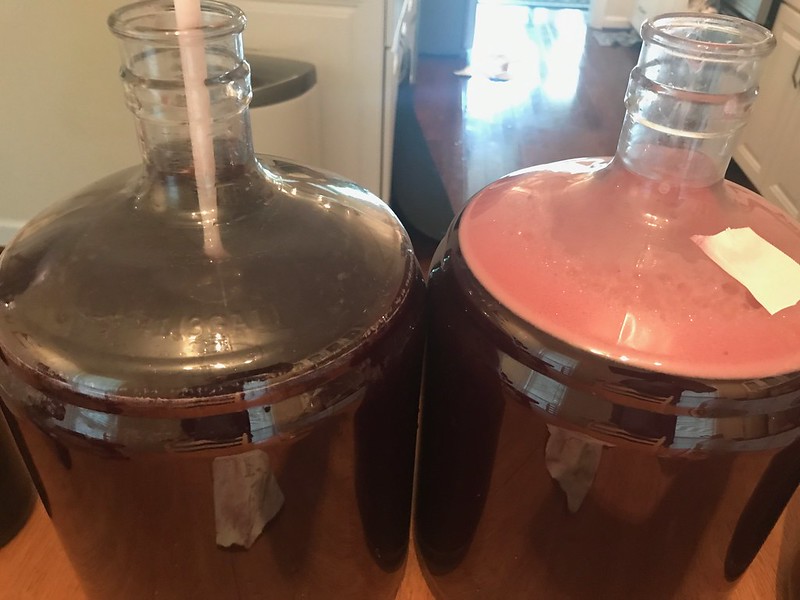In theory yes, but the acid blend you added contains much more Malic per gram than naturally occurring acid in grape must so you would probably never be able to taste any reduction depending on how much you added.
FWIW my first try at fresh grapes long ago I mistakenly added some Malic I had purchased by accident thinking that was what I needed instead of Tartaric. Luckily I had another 6G to blend it with down the road and it turned out fine.
This is one of those wine making mistakes you only make once. Like accidentally leaving the spigot in the open position as you pour in your juice bag on a Kit wine.
FWIW my first try at fresh grapes long ago I mistakenly added some Malic I had purchased by accident thinking that was what I needed instead of Tartaric. Luckily I had another 6G to blend it with down the road and it turned out fine.
This is one of those wine making mistakes you only make once. Like accidentally leaving the spigot in the open position as you pour in your juice bag on a Kit wine.
Well lesson learned, did some research on the malic and found what you were referring to the 2 types D and L. To boot Carlson's blend is 10% tartaric, 50% Malic and 40% Citric not a good ratio. I'm stuck with the citric so the question is would the MLB if left in long enough convert all the naturally occuring malic and I would only be left with the synthetic? Per the ratio I have about 13g of synthetic. The other recommendation rather then carbonate was to blend the wine. All I have to blend with is a lower end Malbec and a better Pinot Noir.
Any recommendations or should I just leave it and have a "not the greatest wine".






















































